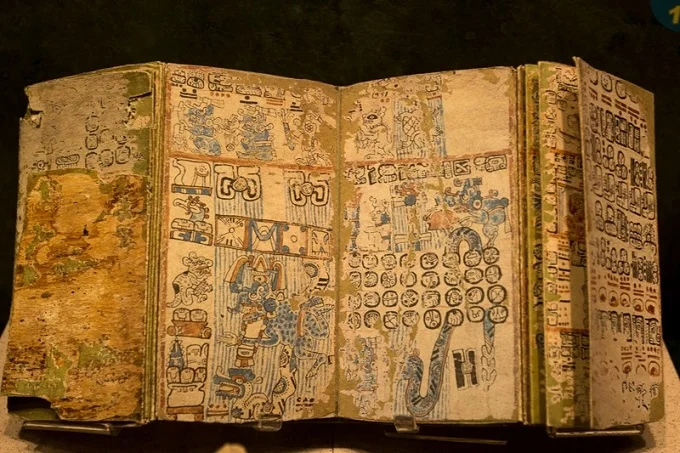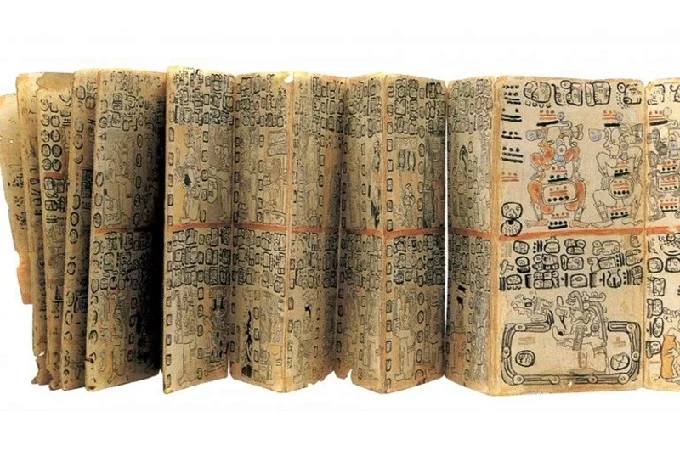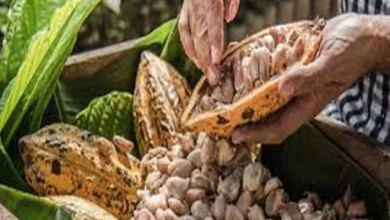The “Book of the People” of the ancient Mayans

The Maya left behind an amazing book – “Popol-Vuh” (translated as “The Book of the People”)- about the world’s creation and the history of the most mysterious people.
In fact, it is surprising that “Popol-Vuh” (translated as “The Book of the People”) has managed to survive to this day. Even now, researchers cannot say with absolute certainty when and by whom this literary monument was written. It was most likely created in the 16th century, presumably in Santa Cruz Quiche. And for the “base” the author took numerous tales of the late Maya-Kiche Indians, whose culture had almost died out by that time.
A century and a half later, this creation was found by a Dominican monk Francisco Jimenez, who at the beginning of the 18th century was the rector of a church in the Guatemalan town of Santo Tomas Chuvila (the Indians called this settlement Chichikas tenango). We can say that future researchers of ancient Mayan culture were lucky. The monk knew the Kiche language perfectly and was very interested in the past. Therefore, Francisco realized that the found artifact was of historical value and made the translation as accurate as possible.

As it often happens, no one paid attention to the literary heritage of Kiche. Many years later, Austrian Karl Scherzer discovered the monk’s translation at the University of Guatemala San Carlos. Only after that, the researchers become seriously interested in the manuscript.
Soon the French scientist Charles Etienne Brasseur de Bourbourg translated the historical document into French. In 1861, he published a translation along with the original. The Frenchman called his work “Popol-Vuh. The Sacred Book and Myths of American Antiquity”. Now the Maya-Kiche literary heritage is known all over the world.
And it began… Every more or less confident researcher of Central and South America considered it his sacred duty to do his own translation – de Bourbourg’s work was taken as a basis. By and large, they all turned out to be failures, since the translators took liberties with the original (many points from the book were simply incomprehensible to them). Unfortunately, the translation by K. Balmont, which was published in the diary “Snake Flowers”, also belongs to this list.
Only three researchers were able to translate an Indian manuscript with a real scientific treatment — this is the Frenchman J. Reynaud, the Guatemalan A. Recinos, and the best translation, according to scientists, belongs to the German Schulze-Pen.
What is valuable in the book?
In “Popol Vuh” there are several mythological cycles that have different origins. Some were created by the ancient Mayans at the very beginning of the origin of their culture, others — later, when the Maya came into contact with the Nahua peoples. Most of it is devoted to the most ancient legends, which tell about the origin of the world and the heroic adventures of the two twins Hunahpu and Xbalanque.

There are four parts to this ancient Mayan “Bible”. The first two and part of the third tell directly about the creation of the world, as well as about the confrontation of good heroes with the forces of evil. In the last section, all attention is paid to the misadventures of the Mayans. The book tells in detail about their ordeal, how they got to the land of modern Guatemala, founded a state there and heroically fought against numerous opponents.
The original text is written in a solid letter, without any separation. The first to introduce parts and chapters into the book was the already mentioned Frenchman Brasseur de Bourbourg.
The original “Popol Vuh” was created by rhythmic prose, which differs in a certain, the same number of stressed syllables in a certain paragraph. This arrangement of the text was used at one time by ancient Egyptian and ancient Babylonian poets.
Also, “Popol-Vuh” is endowed with special “keywords”, which are the main carriers of semantic load. Each new sentence is built both in parallel, as well as in the form of opposition to the previous phrase. But the “key” is repeated. If it is not there, then there is necessarily a semantic opposite. For example, “day-night” or “black-white”.
The Kiche people
The main character in the book is, of course, the ancient Mayan people. It is noteworthy how the book ends: “There is nothing more to say about the existence of the Kiche people…”. After all, the main purpose of creation is a story about the great past of civilization. And, as befits the worldview of that time, “great” means victorious wars, burned enemy cities and towns, captured slaves, annexed territories, human sacrifices for the sake of bloodthirsty gods, and so on.
At the same time, the creator of the book avoids in every possible way those moments that can somehow discredit his people. Therefore, in the “Popol Vuh,” there is no word and numerous internal discords, which were successfully used by enemy peoples. For example, Kaqchikel. There is no mention of clashes with the Spaniards in the book because there is nothing to brag about in them.
But the book clearly states that the Maya-Kiche originally lived in central Mexico, in the neighborhood of the Toltecs. But then something happened, and they had to look for a new territory. So the Kiche ended up in Guatemala.
Thanks to the “Popol Vuh”, it became known that the Indians considered themselves natives of the northern caves, this land was called Tulan, and the entrance to it was guarded by a bat. She was a kind of mediator between the world of the living and the world of the dead. So, if you believe the Mayan legends, their ancestors once managed to get out of hell and settle on the living earth.




